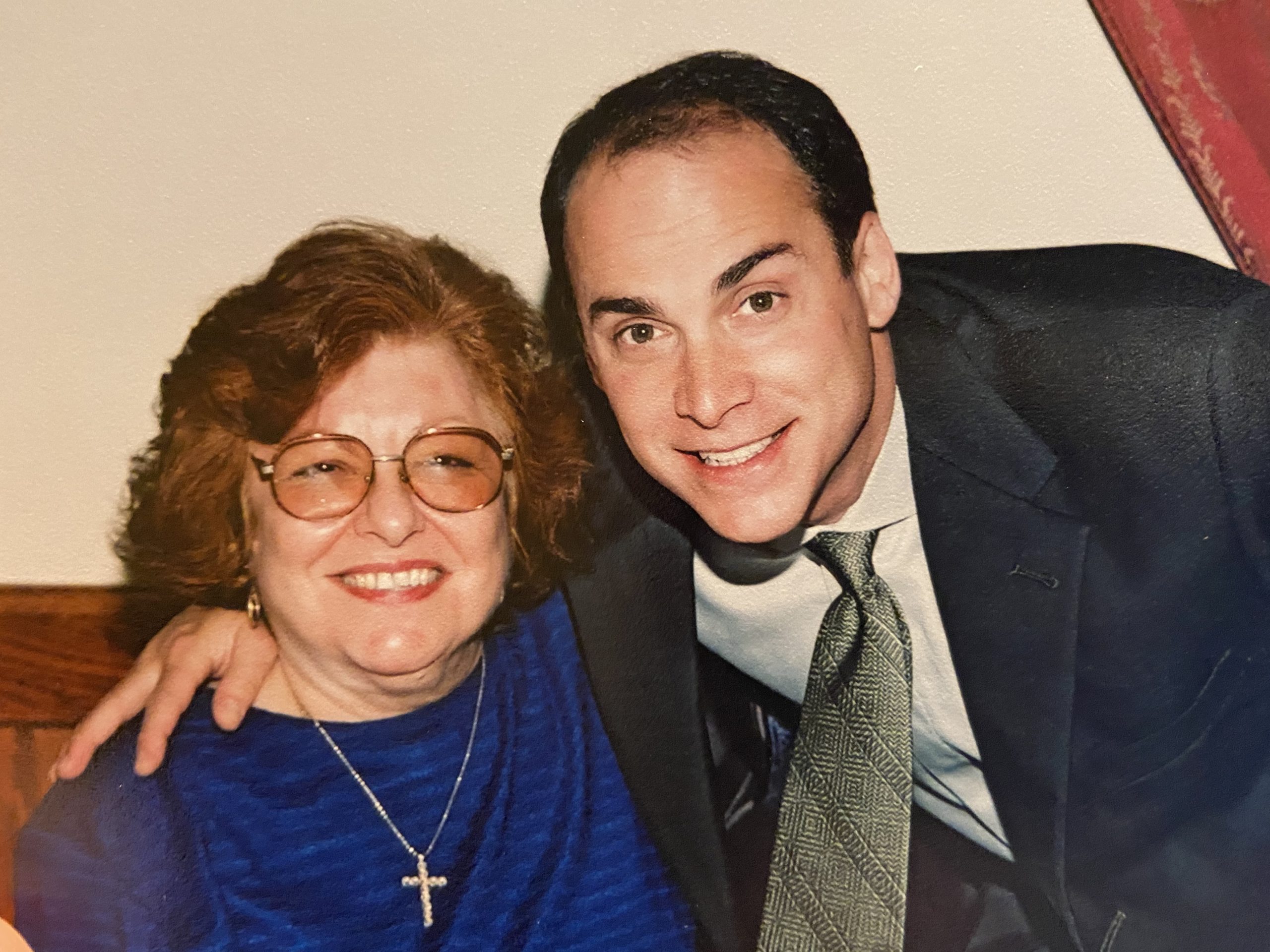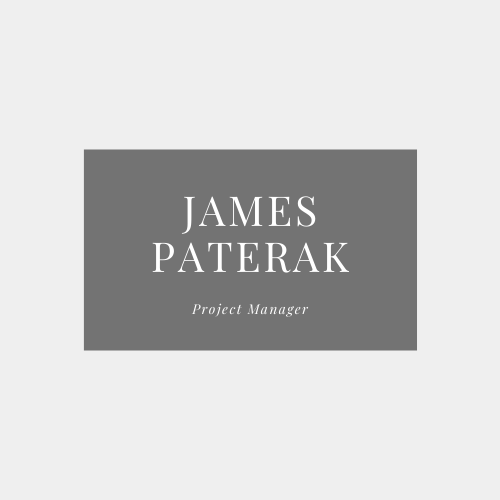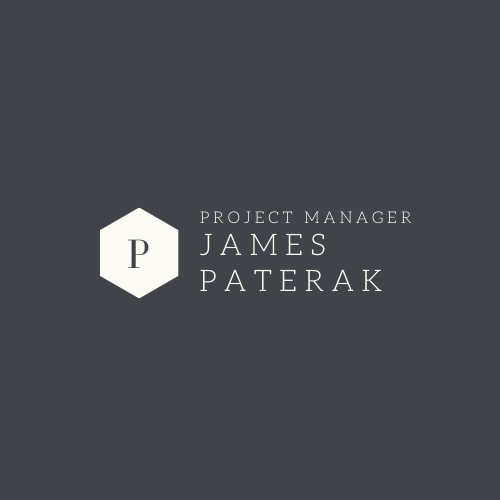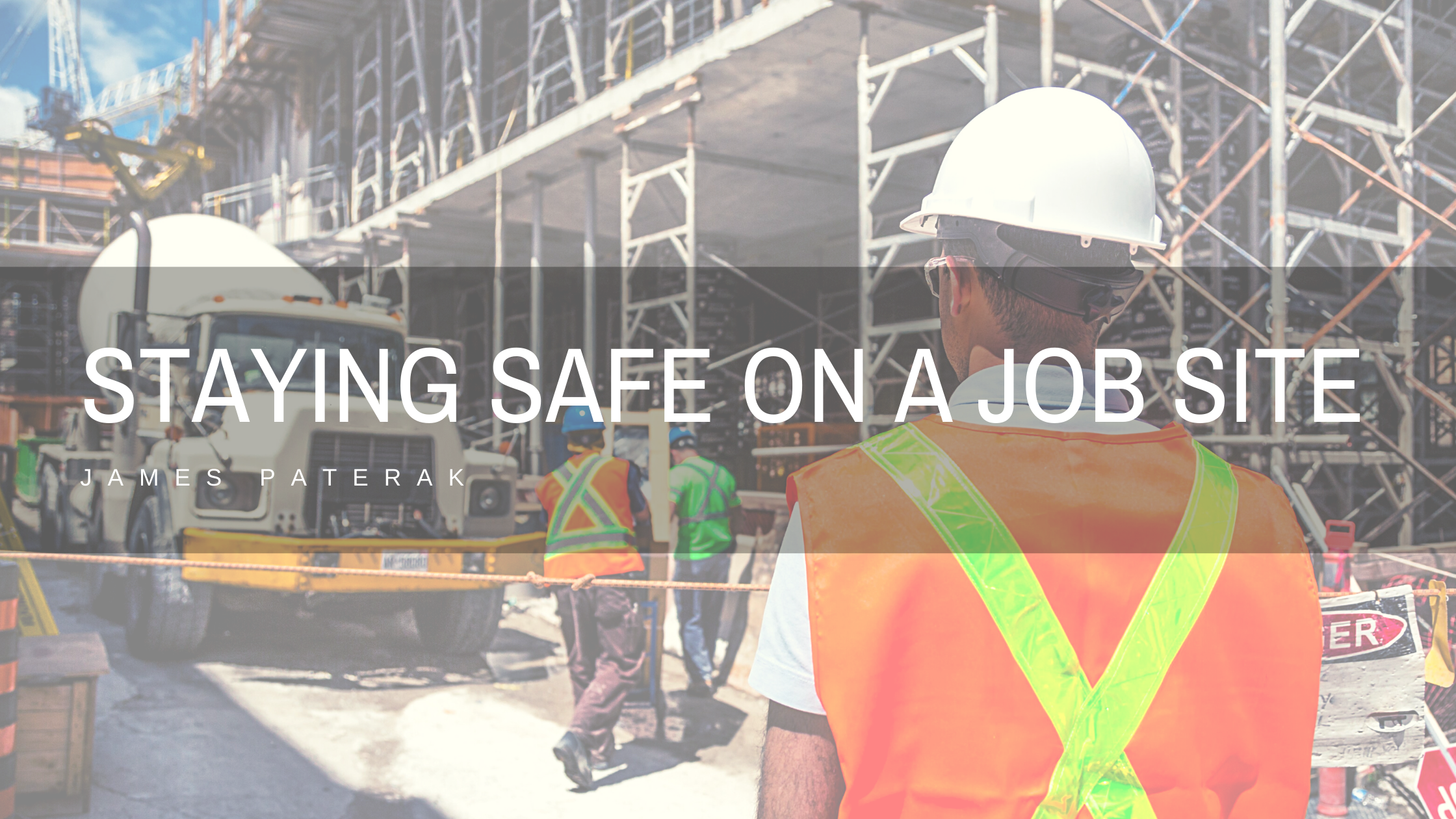Lowering Hospital Costs Through Locum Tenens Physicians
In today’s dynamic healthcare landscape, managing costs while maintaining high-quality patient care is paramount for hospitals and healthcare facilities. One innovative strategy gaining popularity is the utilization of locum tenens physicians. These temporary healthcare professionals provide flexible staffing solutions that can significantly impact hospital finances. Here’s how it contributes to reducing hospital costs. Flexibility in […]
Read More









